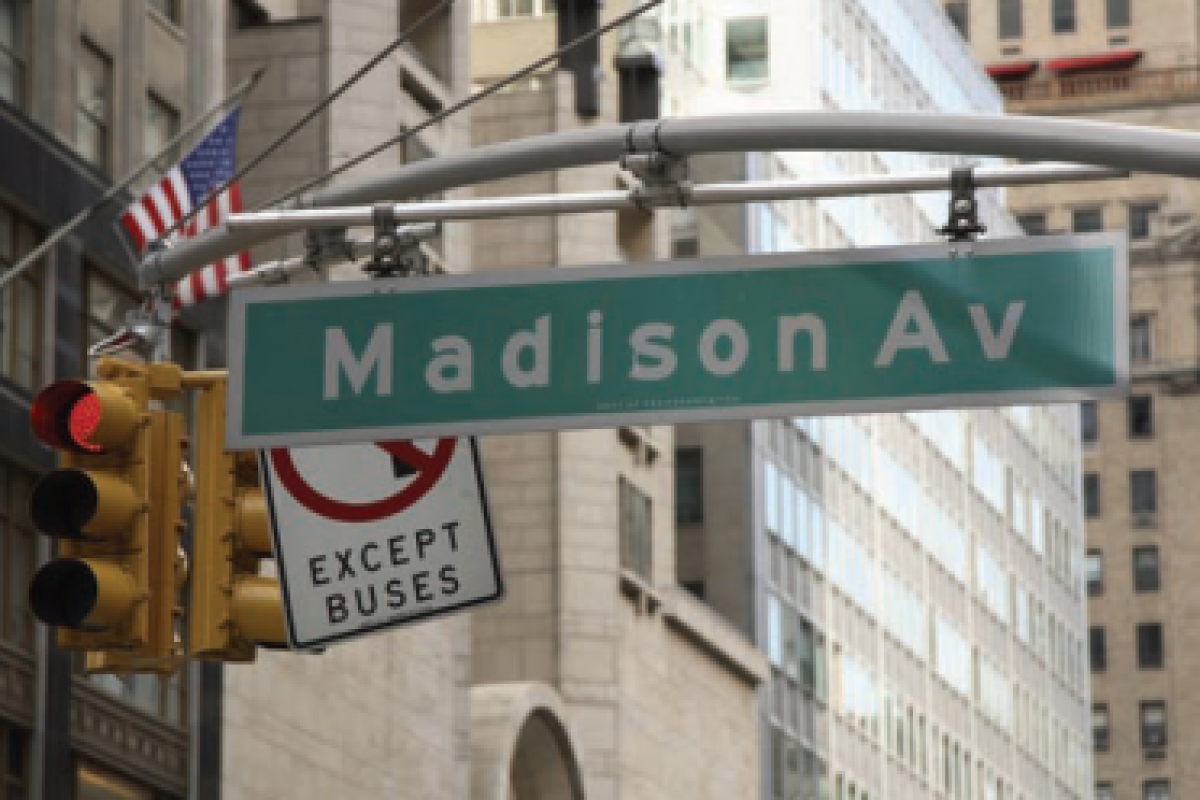We can answer this question with some confidence because there is a terrific book, published in 1958, which tells it like it really was. Madison Avenue USA, by journalist Martin Mayer, was a worldwide best seller, and in its original foreword David Ogilvy wrote: ‘This is the best book about advertising ever written.’
Ogilvy withdrew his generous accolade five years later when he published his own worldwide best-seller Confessions of an Advertising Man. The great Scotsman had numerous admirable qualities, but modesty was not one of them.
Sadly, Mayer’s picture is less glamorous than the one painted by the TV series. After the 1930s recession and the Second World War, in the 1950s advertising boomed.
More importantly, particularly in the USA, television swiftly came from nowhere to become the biggest and brawniest advertising medium of all. It grew much larger, and much faster, than the internet, but that’s another story.
The new medium was ascribed with almost supernatural powers. I recall, as a student, attending a debate on the motion ‘Television commercials can sell anything and everything to anybody and everybody’. (Eat your heart out, ITV.) The ad industry, naturally, loved being seen as all-powerful, and fostered the image. But in reality it was struggling to understand exactly what made television advertising tick.
Consequently, as Mayer shows, on Madison Avenue conflicting theories and philosophies of how advertising works abounded, each propounded by its own agency. And each agency claimed its own approach was the only one that really did the business.
Led by Rosser Reeves, Ted Bates proposed its Unique Selling Proposition; at Norman Craig Kummel, founder Norman B Norman plunged deep into psychoanalysis; Marion Harper, founder of Interpublic, was much motivated by motivational research; David Ogilvy was the high-priest of high-class imagery; Bill Bernbach at DDB promulgated witty, Judaic self-deprecation… and so it went on. These guys were clever, and worked their butts off. As their agencies surged forward, their staff were expected to kowtow to their masters’ philosophies zealously. And they did.
During those heady years, each evening in the 21 Club and Maud Chez Elle, young Mad Avenue admen argued fiercely about the different agency philosophies. Nor were they above mildly malicious backbiting. For example: ‘Ogilvy’s a snob, so he just gives his products snob appeal’; ‘Marion will make Interpublic the biggest in the world… for about ten minutes’; ‘Reeves taught me everything I know about advertising. Pity nobody could teach him a thing.’
How does Mad Men reflect all this? Not very well.
None of the above-named guys was much of a boozer. They weren’t notorious philanderers. And they weren’t especially dapper dressers. Sure, they cared about making big bucks, but they wanted to do it by making great ads. But then Mad Men is fiction. And fiction is, well, fictional.
